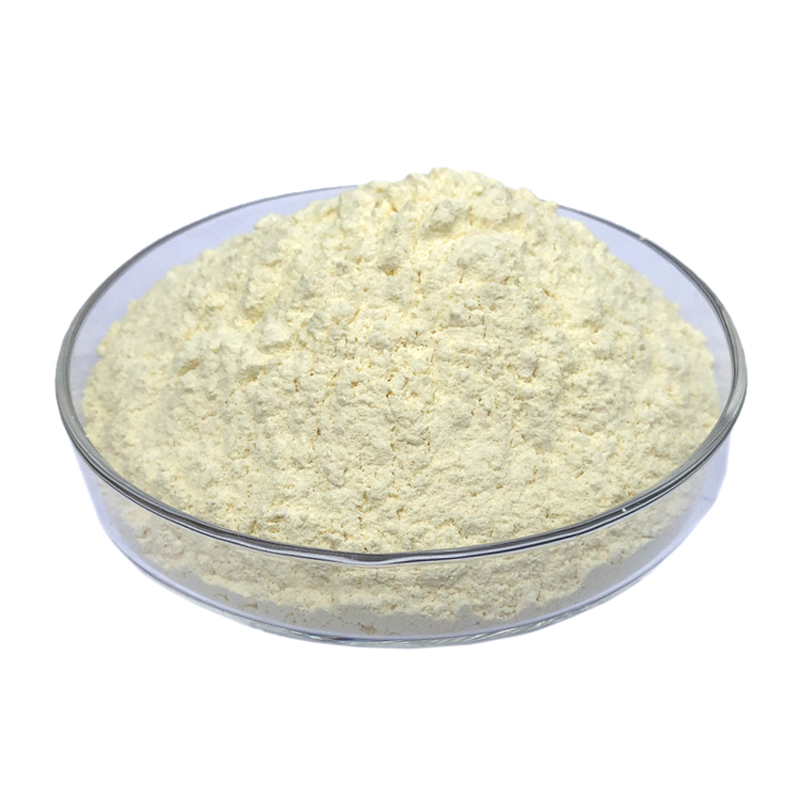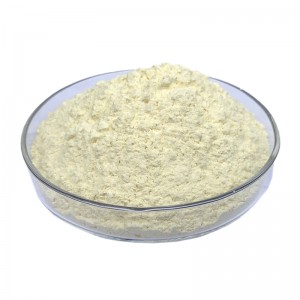Cerium Oxide (CeO2) (CAS No. 1036-38-3)
Description of product
Cerium Oxide, also called Ceria, is widely applied in glass, ceramics and catalyst manufacturing. In glass industry, it is considered to be the most efficient glass polishing agent for precision optical polishing. It is also used to decolorize glass by keeping iron in its ferrous state. The ability of Cerium-doped glass to block out ultra violet light is utilized in the manufacturing of medical glassware and aerospace windows. It is also used to prevent polymers from darkening in sunlight and to suppress discoloration of television glass. It is applied to optical components to improve performance. High purity Ceria are also used in phosphors and dopant to crystal.
Our company produces cerium oxide for a long time, with an annual production capacity of 2000 tons. Our cerium oxide products are exported to China, India, USA, Korea, Japan and other countries. They are mainly used as precursors for preparing polishing fluid, additives for paints and ceramics, and glass decolorization. We have professional R&D teams and support OEM.
Specifications of product
|
Cerium oxide |
|||||
| Formula: | CeO2 | CAS: | 1036-38-3 | ||
| Formula Weight: | 172.115 | EC NO: | 215-150-4 | ||
| Synonyms: | Cerium(IV) Oxide; Cerium oxide; Ceric oxide; Cerium Dioxide | ||||
| Physical Properties: | Pale yellow powder, insoluble in water and acid | ||||
|
Specification |
|||||
| Item No. | CO-3.5N |
CO-4N |
|||
| TREO% |
≥99 |
≥99 |
|||
|
Cerium purity and relative rare earth impurities |
|||||
| CeO2/TREO% | ≥99.95 |
≥99.99 |
|||
| La2O3/TREO% |
<0.02 |
<0.004 |
|||
| Pr6O11/TREO% | <0.01 |
<0.002 |
|||
| Nd2O3/TREO% | <0.01 |
<0.002 |
|||
| Sm2O3/TREO% | <0.005 |
<0.001 |
|||
| Y2O3/TREO% | <0.005 |
<0.001 |
|||
|
Non rare earth impurity |
|||||
|
Ca % |
<0.01 |
<0.01 |
|||
|
Fe % |
<0.005 |
<0.005 |
|||
|
Na % |
<0.005 |
<0.005 |
|||
|
Pb % |
<0.005 |
<0.005 |
|||
|
Al % |
<0.01 |
<0.01 |
|||
|
SiO2 % |
<0.02 |
<0.01 |
|||
|
Cl- % |
<0.08 |
<0.06 |
|||
|
SO42- % |
<0.05 |
<0.03 |
|||
SDS Hazard identification
1. Classification of the substance or mixture
Not classified.
2. GHS label elements, including precautionary statements
| Pictogram(s) | |
| Signal word | - |
| Hazard statement(s) | - |
| Precautionary statement(s) | - |
| Prevention | - |
| Response | - |
| Storage | - |
| Disposal | - |
3. Other hazards which do not result in classification
SDS Transport Information
| UN number: | ADR/RID: Not dangerous goods. IMDG: Not dangerous goods. IATA: Not dangerous goods |
| UN proper shipping name: | |
| Transportation secondary hazard class: |
ADR/RID: Not dangerous goods. IMDG: Not dangerous goods. IATA: Not dangerous goods - |
| Packing group: |
ADR/RID: Not dangerous goods. IMDG: Not dangerous goods. IATA: Not dangerous goods |
| Hazard labeling: |
- |
| Marine Pollutants (Yes/No): |
No |
| Special precautions relating to transport or means of transport: | Transport vehicles shall be equipped with fire fighting equipment and leakage emergency treatment equipment of the corresponding variety and quantity.It is strictly prohibited to mix with oxidants and edible chemicals.The exhaust pipes of vehicles carrying the articles must be equipped with fire retarders.There should be a grounding chain when the tank (tank) truck is used for transportation, and a hole partition can be set in the tank to reduce static electricity generated by shock.Do not use mechanical equipment or tools that are prone to spark.
It’s best to ship in the morning and evening in summer. In transit should prevent exposure to the sun, rain, prevent high temperature. Stay away from tinder, heat source and high temperature area during stopover. Road transport should follow the prescribed route, do not stay in residential and densely populated areas. It is forbidden to slip them in railway transportation. Wooden and cement ships are strictly prohibited for bulk transportation. Hazard signs and announcements shall be posted on the means of transport in accordance with relevant transport requirements. |
Products categories
-

Phone
-

E-mail
-

Whatsapp

-

WeChat

-

Top



